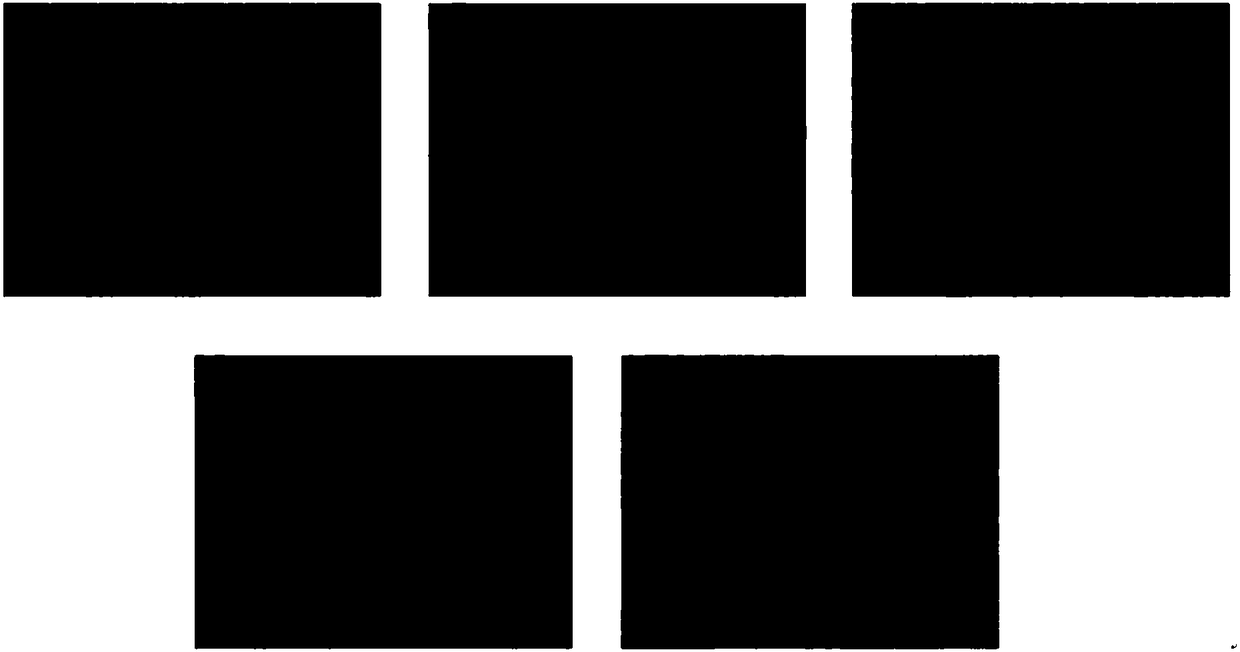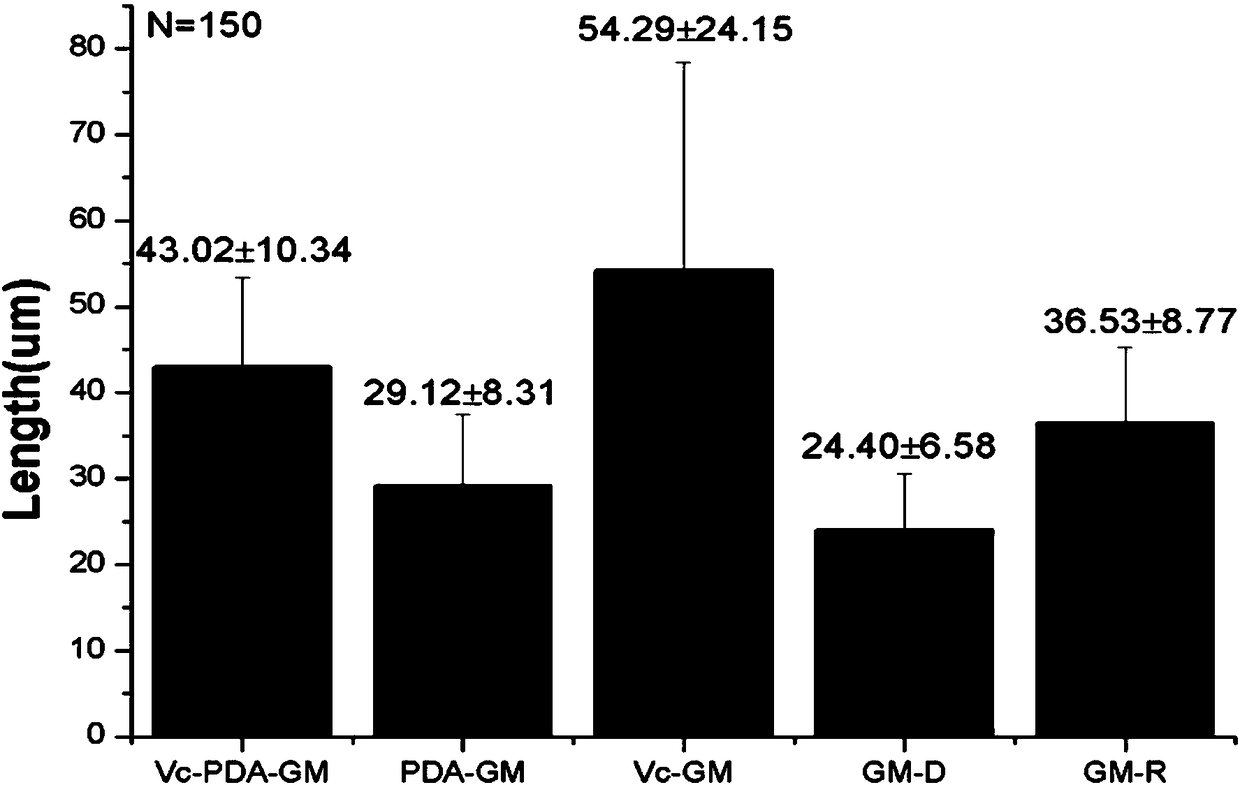Preparation method of polydopamine gelatin microspheres
A technology of polydopamine gelatin and dopamine, which is applied in the field of biomedicine, can solve problems such as rare research reports, and achieve the effect of smooth and transparent sphere surface, high spheroid formation rate and excellent performance
- Summary
- Abstract
- Description
- Claims
- Application Information
AI Technical Summary
Problems solved by technology
Method used
Image
Examples
Embodiment 1
[0049] 1. Prepare gelatin microspheres by emulsification-crosslinking method, which adds a certain amount of gelatin solution as the water phase to the pre-configured liquid paraffin mixed with span-80. After emulsification for a certain period of time, turn to ice water bath. Add glutaraldehyde to cross-link and solidify, then add a certain amount of isopropanol, let stand overnight, centrifuge the next day, add isopropanol to wash several times, filter with suction, and dry. The specific operation steps are as follows:
[0050] (1). Weigh 0.3g of gelatin, dissolve it in 10mL of distilled water, and stir at 50°C until it becomes a solution.
[0051] (2). Measure 30 mL of liquid paraffin, add 0.5 mL of span-80, and stir at 50 ° C for 10 min.
[0052] (3). Add the gelatin solution dropwise into liquid paraffin and emulsify for 20 minutes.
[0053] (4). Quickly switch to ice-water bath and stir for 1 hour, add 200 μL of 2.5% glutaraldehyde, and cross-link for 1 hour.
[0054]...
PUM
 Login to View More
Login to View More Abstract
Description
Claims
Application Information
 Login to View More
Login to View More - R&D
- Intellectual Property
- Life Sciences
- Materials
- Tech Scout
- Unparalleled Data Quality
- Higher Quality Content
- 60% Fewer Hallucinations
Browse by: Latest US Patents, China's latest patents, Technical Efficacy Thesaurus, Application Domain, Technology Topic, Popular Technical Reports.
© 2025 PatSnap. All rights reserved.Legal|Privacy policy|Modern Slavery Act Transparency Statement|Sitemap|About US| Contact US: help@patsnap.com



